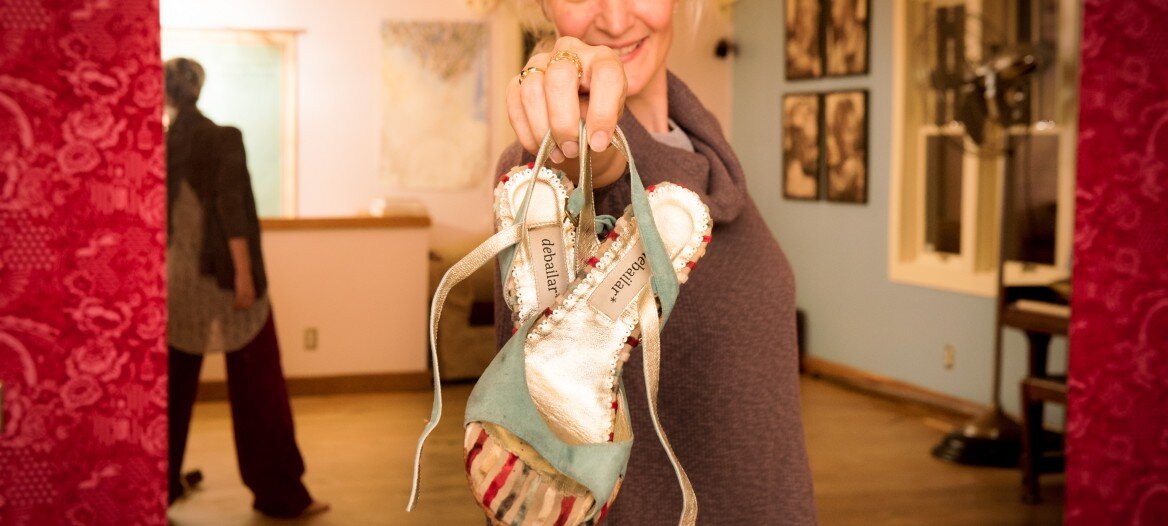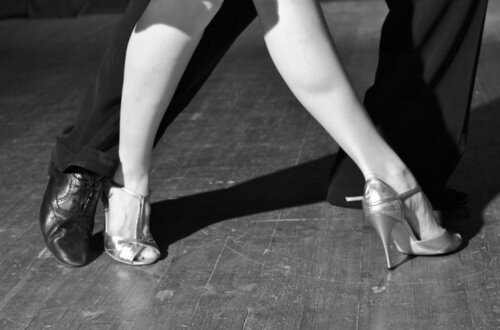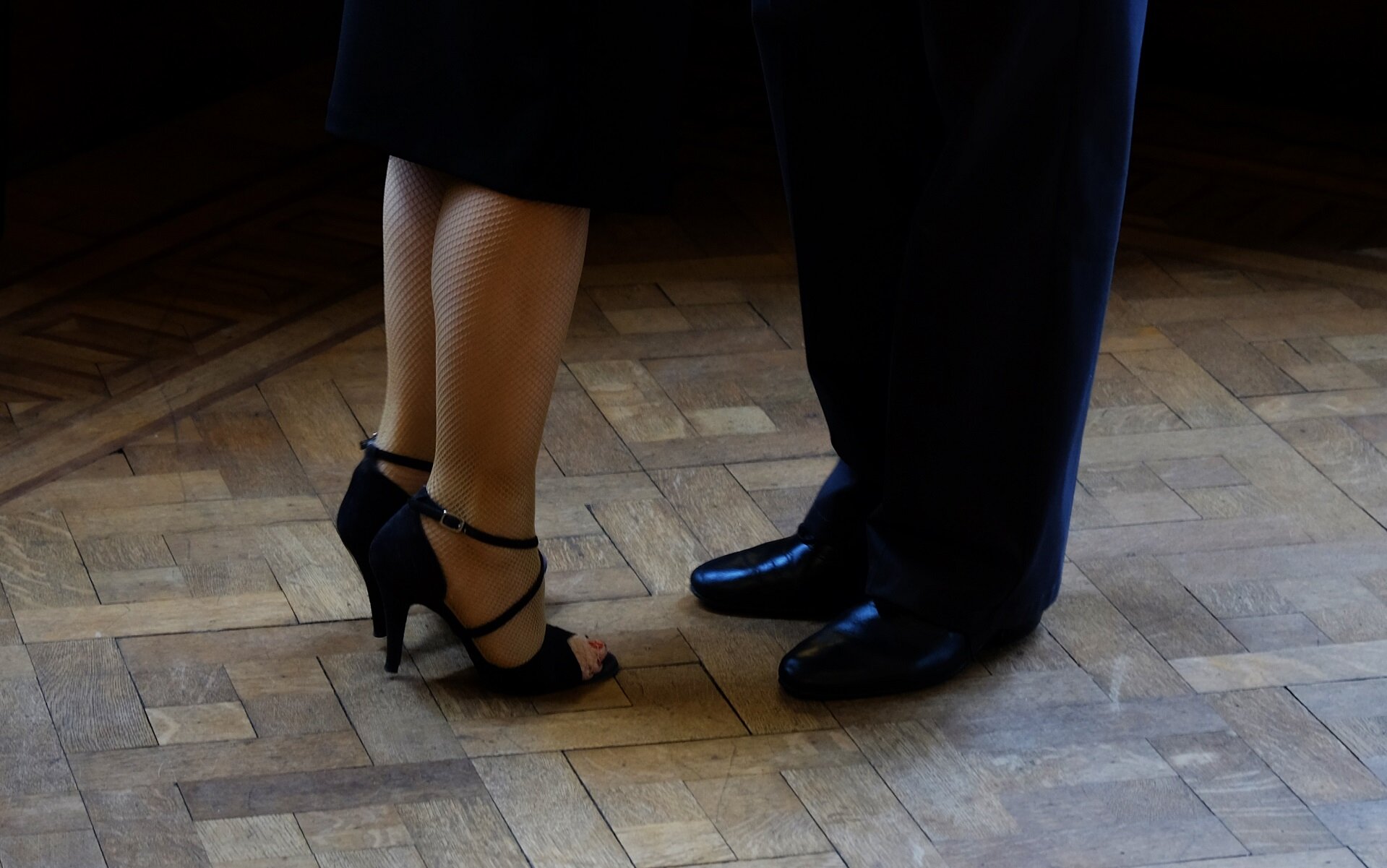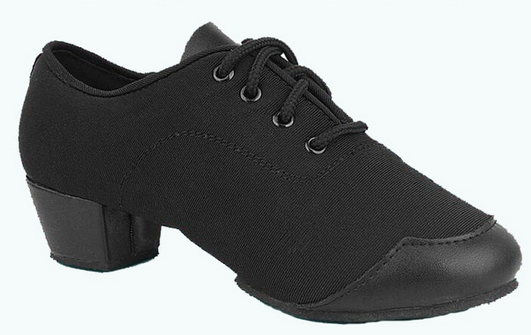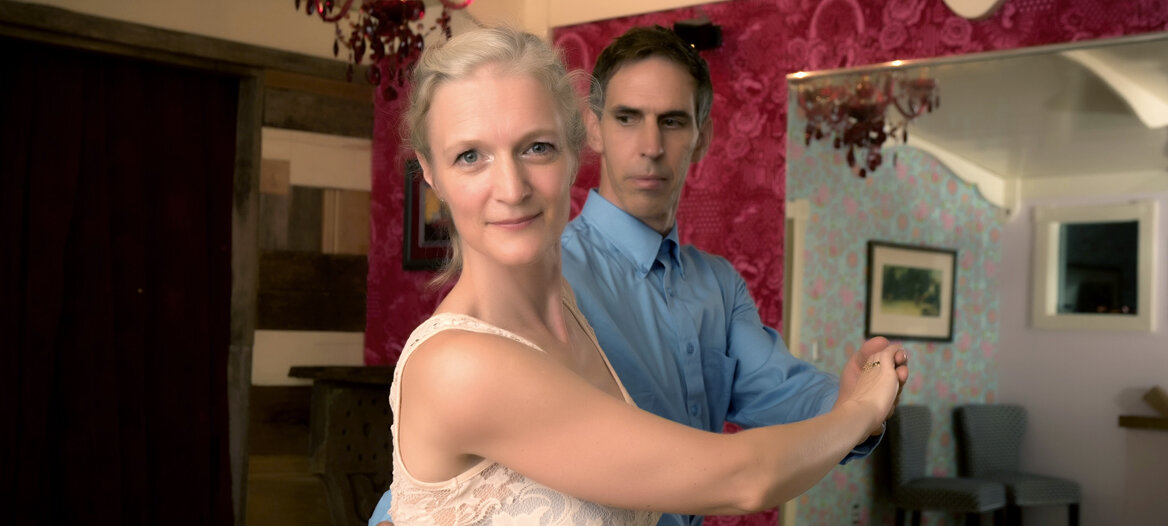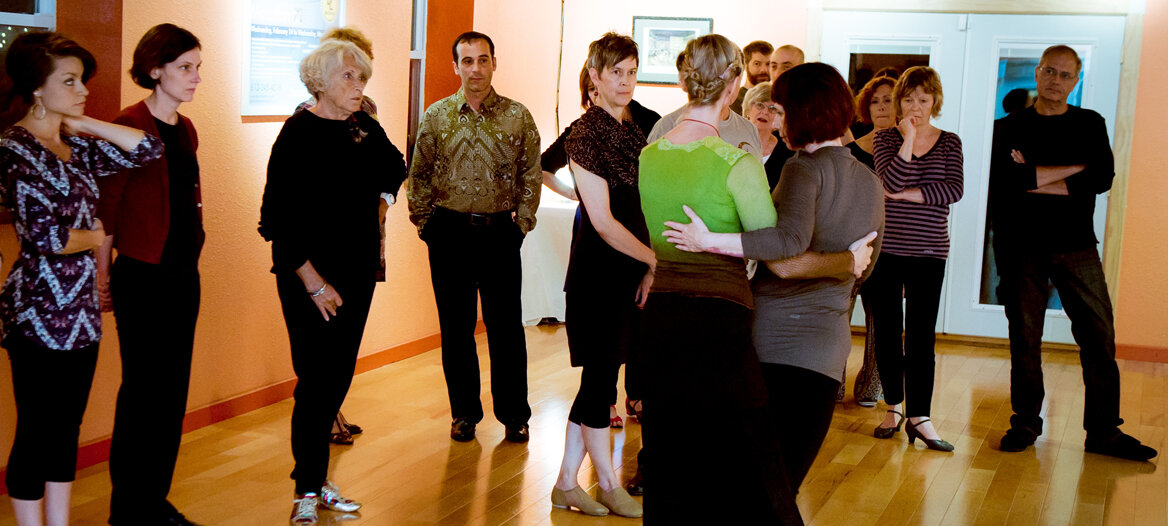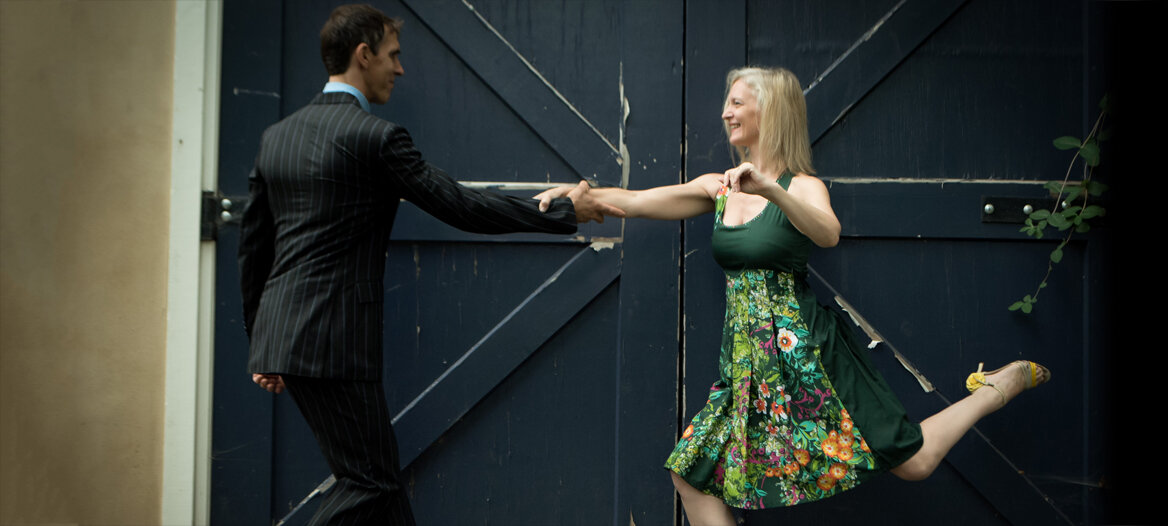https://www.medicalnewstoday.com/articles/321632.php “Anticholinergics for depression, such as amitriptyline, dosulepin, and paroxetine, have previously been linked to higher risk of dementia, even when they were used up to 20 years beforehand.” Some Anti-anxiety and Depression Medications, Even with Brief Usage, are More than Correlating to Higher Risk of Dementia!
“Some studies have also suggested that use of any anticholinergic is linked to raised risk of dementia.” If at all possible, head serious depression and any ailment off at the pass, whenever possible. Look for all alternatives. What is wonderful about dance and Tango is that there are no ill side-effects, given the right shoes and a healthy socializing.
https://clinicaltrials.gov/ct2/show/NCT03269149 Emory University 2017-2021 : caregivers reduction of anxiety through tango instead of anxiety medications study.
http://www.oprah.com/health_wellness/steps-to-take-now-to-prevent-dementia/all An ounce of prevention or postponement is worth a pound of cure!
https://www.health.harvard.edu/healthy-aging/what-does-it-take-to-be-a-super-ager Harvard study on Super Agers
https://www.mcgill.ca/neuro/channels/news/tango-dancing-could-benefit-parkinsons-disease-patients-246414 again, another study from McGill University points to Tango as a preventative step to slow, postpone and prevent Parkinsons Disease.
https://www.berkeleywellness.com/fitness/active-lifestyle/article/many-health-benefits-dancing Stanford, Berkely, general wellness points to dance.
https://www.lifespan.org/news/ri-hospital-announces-tango-clinical-trial-combat-alzheimers national Tango Study beginning in 2019 nationwide sponsored by a Rhode Island hospital. Why wait?
https://rejuvenatinglifestyle.com/13-essential-dance-benefits/ Dance in general and brain studies, another article by a retired ballet dancer.
https://blogs.biomedcentral.com/bmcseriesblog/2016/04/04/keep-dancing-turns-good-brain/ a great article with more links to more scientific studies.
https://www.livestrong.com/article/1011885-8-activities-benefits-brain/ According to an academic paper in Frontiers in Aging Neuroscience, participants in a weekly, hour-long dance class were found to have "significant improvements of performance…in cognition/attention (memory, visuo-spatial ability, language and attention), reaction times, sensory-motor performance, posture and lifestyle" after six months in the class.
https://www.youtube.com/watch?v=ETtADCJ67rw a 71 year old woman rocks it out on America’s got Talent, wows everyone with Tango.
https://www.newchoicehealth.com/f/240078/fairview-southdale-hospital/brain-mri Do you want to get a brain MRI in the Twin Cities, call around and see who is the least expensive. Appears that the lowest cost is around $650 Your brain is the best equipment you’ve got, check it out. If you do, please let me know, I would love to collaborate.
https://www.medicalnewstoday.com/articles/325697.php on boredom and who get’s bored and ways to re-think boredom for the brain’s sake.
https://cancer.osu.edu/news-and-media/news/argentine-tango-therapy-helps-restore-balance-for-cancer-patients-with-neuropathy#! Argentinian Tango, again is especially effective in cancer patient’s recovery of balance and joy, etc.
https://theconversation.com/how-our-brain-controls-movement-and-makes-new-connections-when-parts-are-damaged-63520 Movement and motor skills work in reverse and create new neural pathways.
https://tangofantastico.com/tango-and-science Post-war veterans with PTSD find relief in Tango, Links to improvement in depression and anxiety are also found in Tango. You know what… America, and Minneapolis…. let’s just Tango and it shows to be more beneficial than yoga, tai-chi, chess, crossword puzzles. Fill in those shoes and articulate your feet and your brain will articulate new neuro-pathways to joy.
https://www.ncbi.nlm.nih.gov/pmc/articles/PMC3864026/ Parkinson’s spacial awareness improves with Tango, study.
https://www.womansday.com/health-fitness/tips/g2916/how-to-prevent-alzheimers-disease-and-dementia/ for those who meditate regularly, by age 50, the meditators brains are on average 7 & 1/2 years younger! excerpt: This relaxation technique delivers. In a 2016 study, researchers at UCLA compared anatomical markers of aging in the brain between 50 long-term meditators and 50 non-meditators. At age 50, the meditators' brains were found to be a whopping 7½ years younger on average than their peers'.
Give it a go: Commit to meditating as few as 1 or 2 minutes per day, and stick with it for a month, suggests Richard J. Davidson, PhD, founder of the Center for Healthy Minds at the University of Wisconsin in Madison. As he says, "Even short—but consistent—periods of meditation may improve cognitive function and slow age-related decline."
















